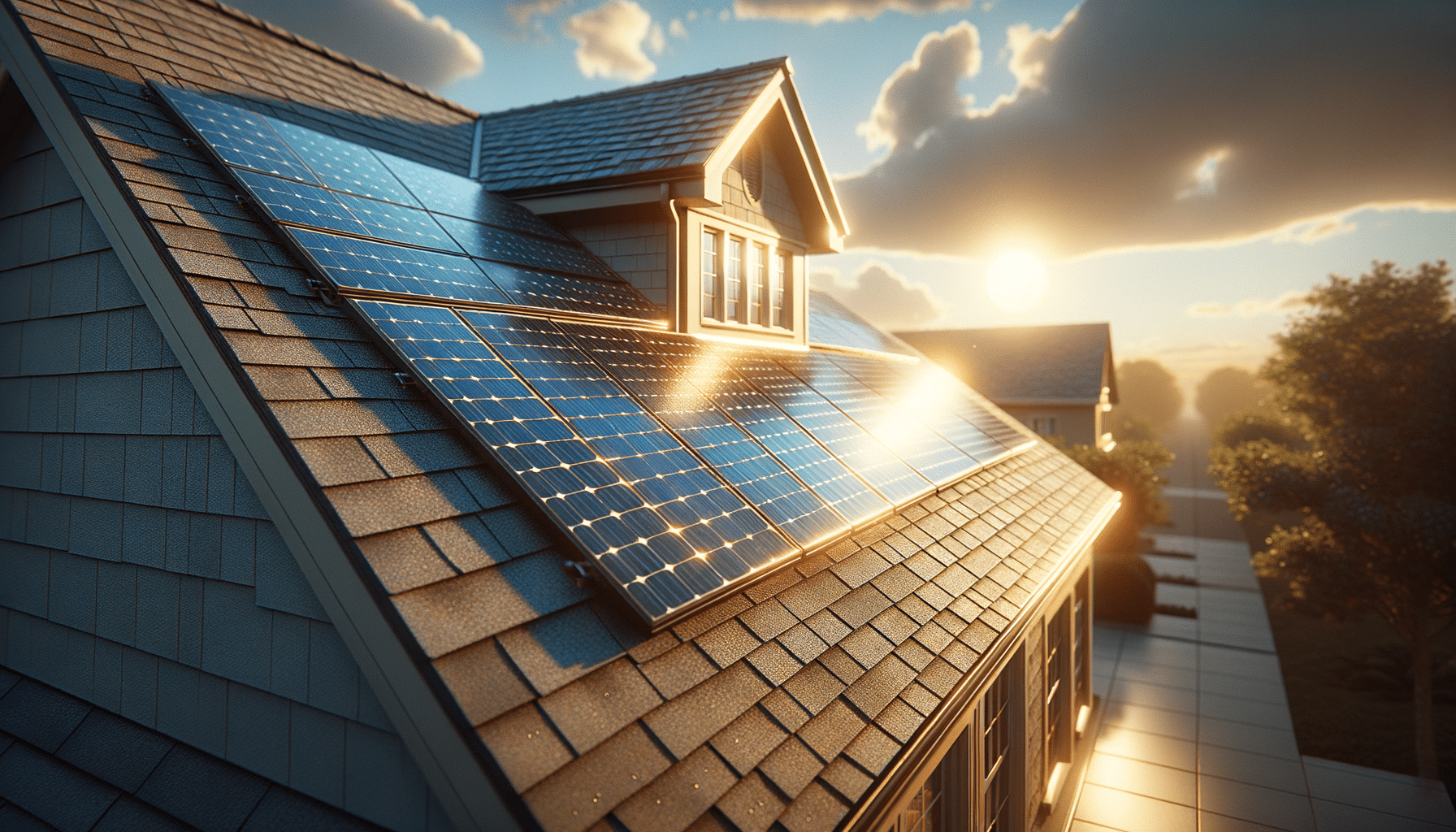
Learn more about solar panel kits
Introduction to Solar Panel Kits
In today’s world, the shift towards renewable energy sources is not just a trend but a necessity. Solar energy, in particular, has garnered significant attention due to its sustainability and potential to reduce electricity costs. Solar panel kits have become an accessible option for individuals and businesses looking to harness the power of the sun. These kits provide a comprehensive solution, making it easier for users to install and benefit from solar energy without the need for extensive technical knowledge. This article delves into the various aspects of solar panel kits, exploring their components, benefits, installation process, and considerations for choosing the right kit.
Understanding the Components of Solar Panel Kits
A solar panel kit typically includes all the necessary components to set up a basic solar power system. The primary component is the solar panels themselves, which are responsible for capturing sunlight and converting it into electricity. These panels are usually made of photovoltaic cells, which are known for their efficiency and durability.
In addition to solar panels, a kit often includes an inverter. The inverter plays a critical role in converting the direct current (DC) produced by the solar panels into alternating current (AC), which is used by most household appliances. Furthermore, many kits come with mounting equipment, ensuring that the panels are securely and correctly positioned to maximize sunlight exposure.
Some kits might also include a battery storage system. This component is essential for storing excess energy generated during sunny periods for use during cloudy days or at night. Additionally, wiring and connectors are usually part of the package, facilitating the connection between the various components of the system.
The Benefits of Installing Solar Panel Kits
Solar panel kits offer numerous advantages, making them a popular choice for many homeowners and businesses. One of the most significant benefits is the potential for cost savings. By generating your own electricity, you can significantly reduce your utility bills. Over time, the savings on energy costs can offset the initial investment in the solar panel kit.
Another advantage is the environmental impact. Solar energy is a clean and renewable source of power, which means it doesn’t produce harmful emissions or contribute to climate change. By opting for solar energy, users can reduce their carbon footprint and contribute to a more sustainable future.
Moreover, solar panel kits provide energy independence. With your own solar power system, you are less reliant on the grid, which can be particularly beneficial in areas prone to power outages or in remote locations where grid access is limited.
Installation Process of Solar Panel Kits
Installing a solar panel kit can be a straightforward process, especially with the comprehensive instructions provided in most kits. The first step involves selecting an appropriate location for the panels, typically a roof or an open area with maximum sun exposure. It’s crucial to ensure that the chosen site is free from obstructions like trees or buildings that might cast shadows on the panels.
Once the location is determined, the next step is to mount the panels. This involves securing the mounting equipment and positioning the panels at the optimal angle to capture the most sunlight. Following the mounting, the panels are connected to the inverter, which is then linked to the electrical system of the property.
For those including a battery storage system, additional steps are required to connect and configure the battery for storing excess energy. While many kits are designed for DIY installation, some users might prefer hiring a professional to ensure everything is set up correctly and safely.
Choosing the Right Solar Panel Kit
Selecting the right solar panel kit involves considering several factors to ensure it meets your energy needs and budget. One of the primary considerations is the size of the kit, which should align with your energy consumption levels. It’s essential to calculate your average electricity usage to determine the capacity of the solar panel system required.
Another factor to consider is the quality and efficiency of the solar panels. Higher efficiency panels might come at a premium, but they can generate more electricity in a smaller space, making them a worthwhile investment.
Additionally, it’s important to assess the warranty and support offered by the manufacturer. A robust warranty can provide peace of mind, ensuring that you are covered in case of any defects or issues. Finally, consider the reputation of the brand and customer reviews, which can provide insights into the reliability and performance of the kit.
Conclusion: Embracing Solar Power
Solar panel kits represent a practical and increasingly popular solution for those looking to embrace renewable energy. They offer a comprehensive package that simplifies the process of setting up a solar power system, making it accessible to a broader audience. By understanding the components, benefits, installation process, and factors to consider when choosing a kit, individuals and businesses can make informed decisions that align with their energy goals and contribute to a more sustainable future.
In conclusion, the shift to solar energy is not only a step towards reducing energy costs but also a commitment to environmental stewardship. As technology continues to advance and the demand for renewable energy grows, solar panel kits are poised to play a significant role in the transition to a cleaner, greener world.


